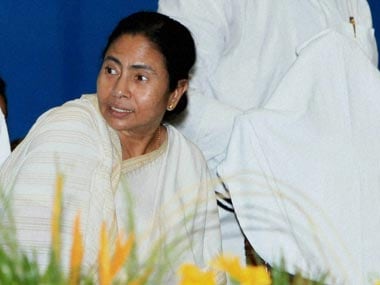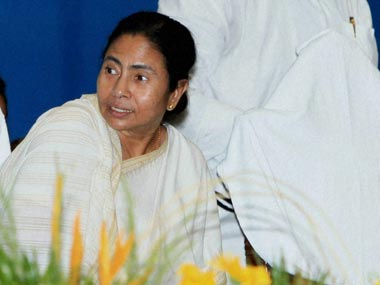The now-legendary fall of the CPI(M)-led Left Front government in West Bengal was read by many as the final nail in the demise of left-wing ideologies in West Bengal. For many, it was the moment when a certain unthinkable happened – and this feeling was not limited to the supporters of the Left Front. However, for many years before its fall, far-away from the distant and hence reality-divorced political chatter of Delhi, the Left Front had been facing a different kind of criticism inside West Bengal. That the CPI(M) was moving away from its leftist credentials. While hot-talk about imperialism and stances of communalism kept certain Delhi lobbies assured about the CPM’s leftist pedigree, the realities unfolding in Bengal were very different. This is why the victory of the Trinamool Congress in 2011, if read as a defeat of leftist politics in Bengal, is a misjudgement. Leftist politics can only be judged by actual practice and not by theory. In actual practice in the subcontinent, this translates into policies that put people’s rights before corporate interest, protection of public sector services and production, expansion in social sector spending along with an anti-communal and anti-imperialist, pacifist outlook. If anything, in 2009 parliamentary elections and 2011 assembly elections, the Trinamool challenged the CPI(M) from a more ’leftist’ stance. Mamata Banerjee was quite consciously of the electorate she was dealing with and the fact that “communism” isn’t a dirty word to many in Bengal. She famously said that she makes a difference between CPM and communists. While communists may not need a certificate of authenticity from Mamata Banerjee, it shows that it’s a real constituency. In fact, during her rapid rise in the wake of the Singur Nandigramk agitation, it was the ideological heft provided by a section of the left intellectuals who were critical of the CPM that gave her broader legitimacy among the urban middle-classes. Leftism or speaking in a ’leftist’ voice mattered and still matters in Bengal. [caption id=“attachment_2666048” align=“alignleft” width=“380”]
 West Bengal Chief Minister Mamata Banerjee. PTI[/caption] In fact, it is the CPM which has abandoned the Marxist slogans that were so evident on the walls of West Bengal through most of their rule. Marxbad shorbosoktiman karon iha sotyo (Marxism is all-powerful because it is true) is not something that even the CPM places high on its slogan-writing agenda. This shift had started during the last CPM regime under Buddhadeb Bhattacharya when it had pursued the ‘capitalist’ road. This shift started long before, after the fall of the USSR, when the pull of socialism or communism as a world-scale alternative for the entire human race got a severe jolt – something from which it is yet to recover. The smaller left-wing parties (parties like the SUCI(C) or the many Naxalite splinters including some relatively large ones like CPI(ML)-Liberation) have not grown but have not seen a steep decline either. Add to this the periodic spurts in Maoist politics in the western districts of West Bengal and the state of leftism in West Bengal appears more complicated. While in parts of Latin America and Europe, left-wing politics have experienced a marked revival and upswing in popularity in the last 20 years, that phenomenon has passed by the leftist political groups of Bengal who have not been able to reinvent themselves with the changing times so as to attract the young to their core ideological commitments about people’s welfare and emancipation. While the post-Manmohan urban middle-classes are the most vocal and generally it is their view that is represented as the view of West Bengal, their whole-hearted welcome of private investment and privatization at any cost as the favoured antidote to the state’s employment crisis, evokes, at best, mixed feelings.
The victory of the Trinamool Congress in 2011, if read as a defeat of leftist politics in Bengal, is a misjudgement
Advertisement
End of Article


)
)
)
)
)
)
)
)
)



